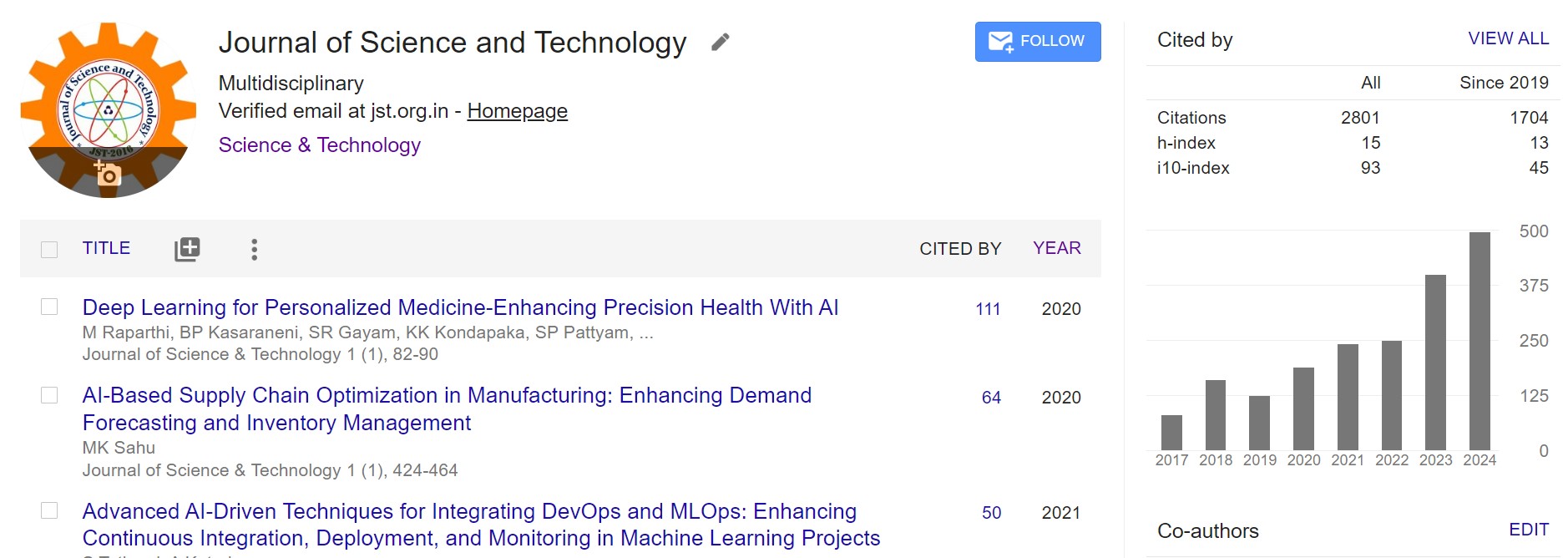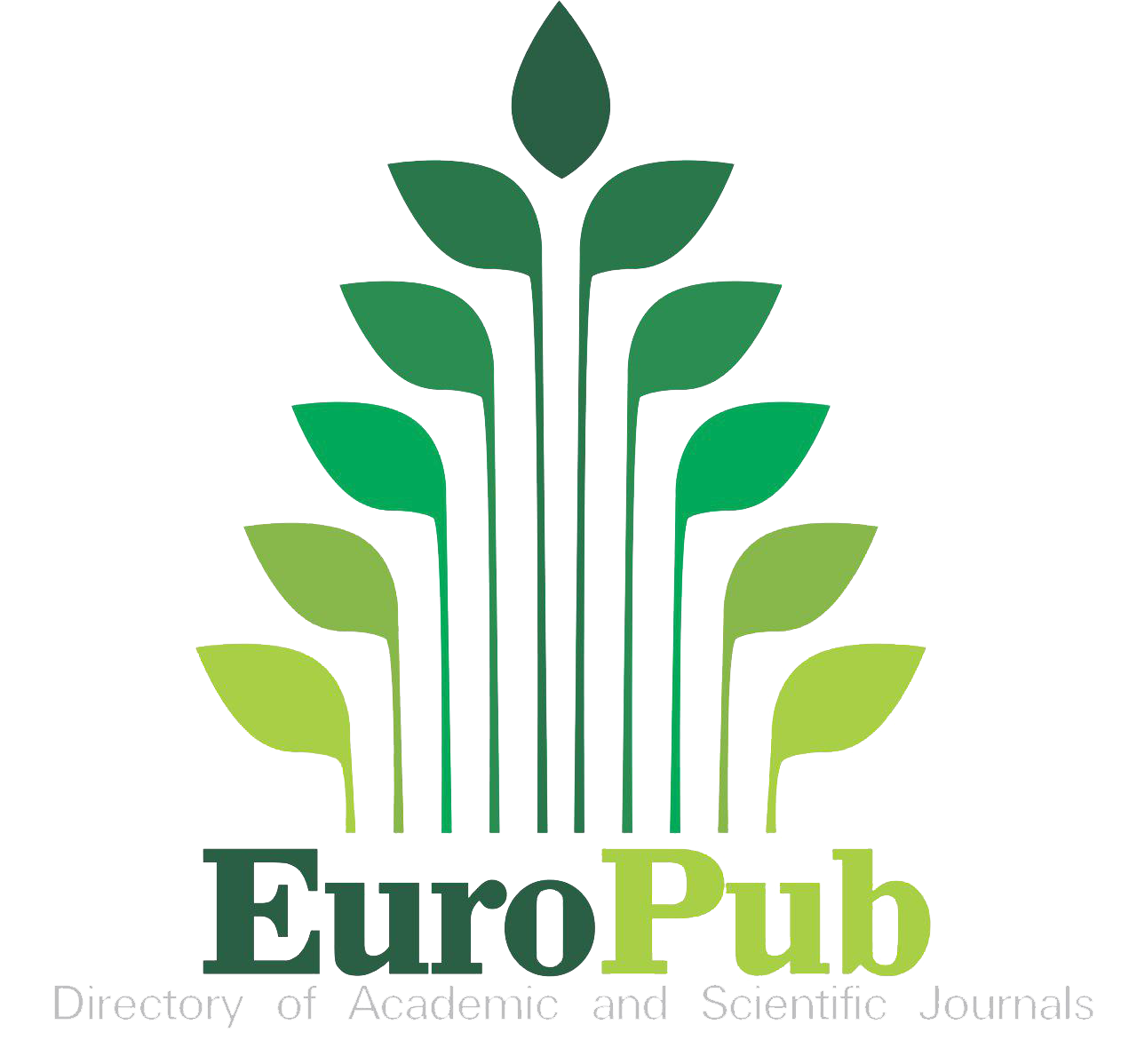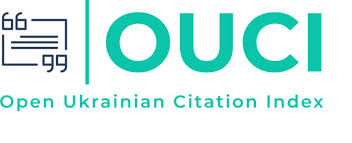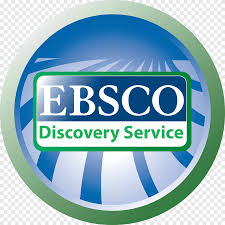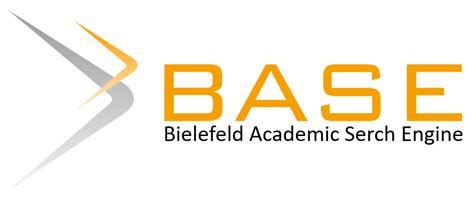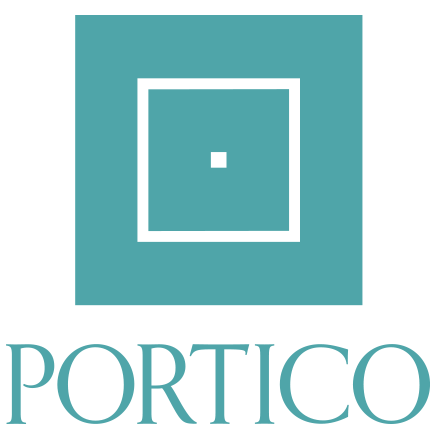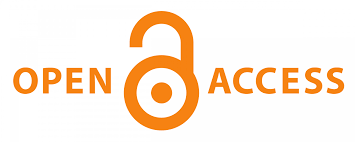Ontology-Driven Cross-Domain Access Control Framework For Anomaly Detection In Cloud-Based Healthcare System
Keywords:
Anomaly detection, cloud healthcare,, semantic technologies, machine learning,, data security, HIPAA,, GDPR,, ntology, and cross-domain access controlAbstract
To enhance anomaly detection in cloud-based healthcare systems, this study suggests a novel
ontology-driven cross-domain access control architecture. The framework ensures data integrity
and privacy by utilizing semantic technologies to offer safe, context-aware access across several
healthcare domains. The system can dynamically detect anomalous access patterns and react to
possible threats in real-time by incorporating machine learning-based anomaly detection
techniques. Furthermore, dynamic policy enforcement guarantees that access controls are updated
and modified regularly to address changing security threats. The capacity of the suggested
framework to ensure adherence to crucial legal requirements like HIPAA and GDPR, promoting
a safe and open access control environment, is one of its most notable aspects. In healthcare
systems, where patient data is sensitive and needs to be shielded from unwanted access, this is
essential. The framework can handle complicated, cross-domain healthcare data while
guaranteeing interoperability across different systems thanks to the incorporation of semantic
reasoning. The framework obtains a high resilience score of 94.1%, a low false-positive rate of
3.4%, and an anomaly detection rate of 93.7%, according to performance metrics. These outcomes show how well the framework can detect and reduce security risks while preserving high
efficiency. The system is a powerful option for dynamic and constantly evolving cloud healthcare
environments because of its scalability, adaptability, and ability to safely manage complicated
healthcare data. An efficient, scalable, and legal method for protecting cloud-based healthcare
systems against changing cybersecurity threats is offered by this study.





